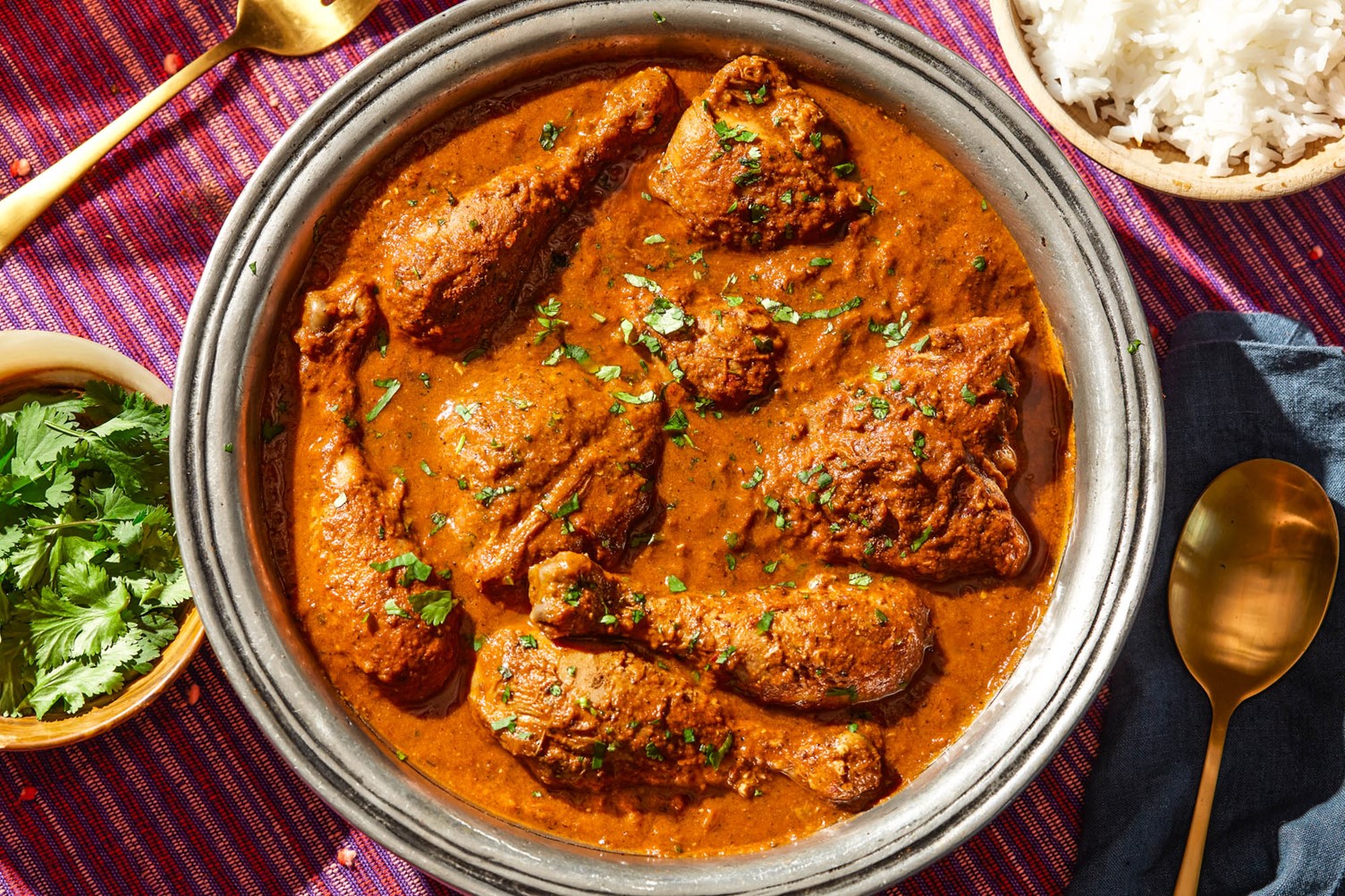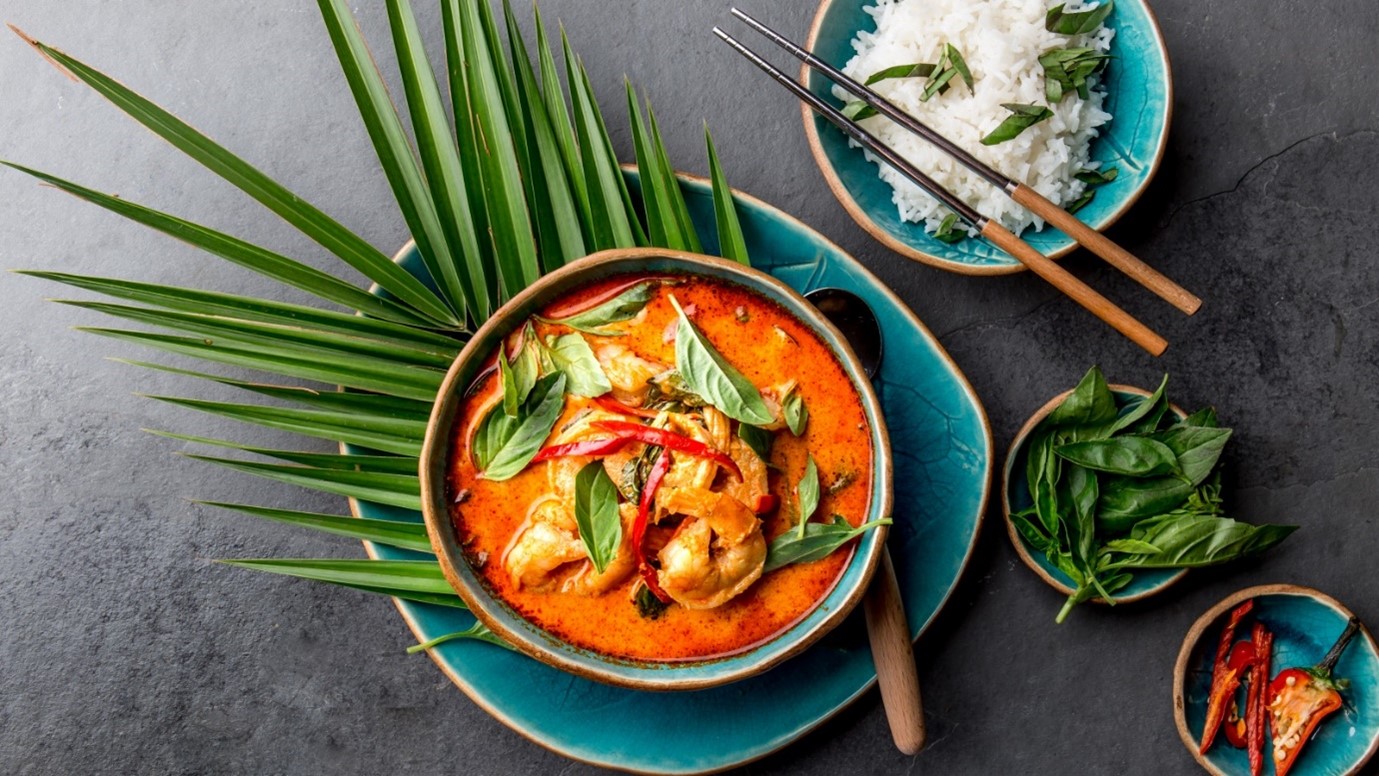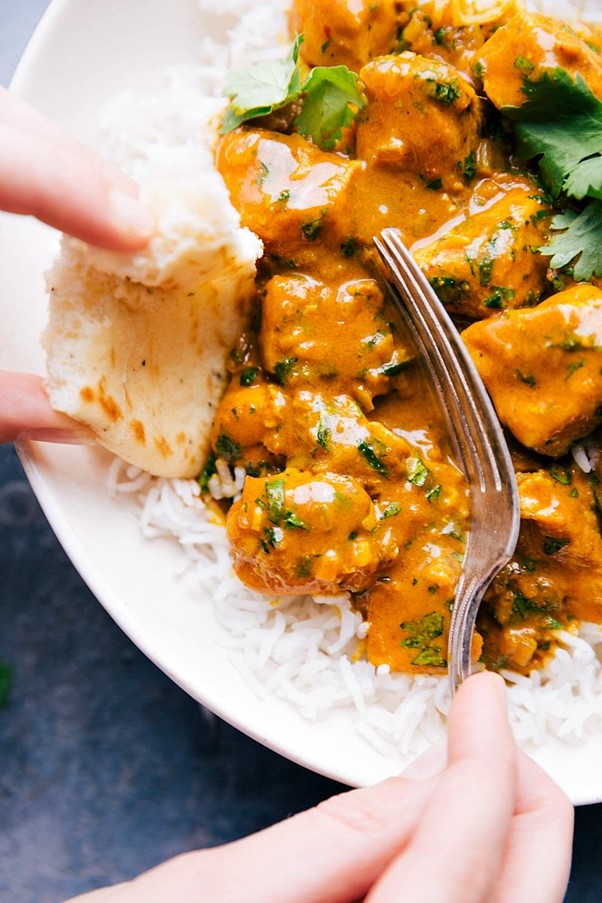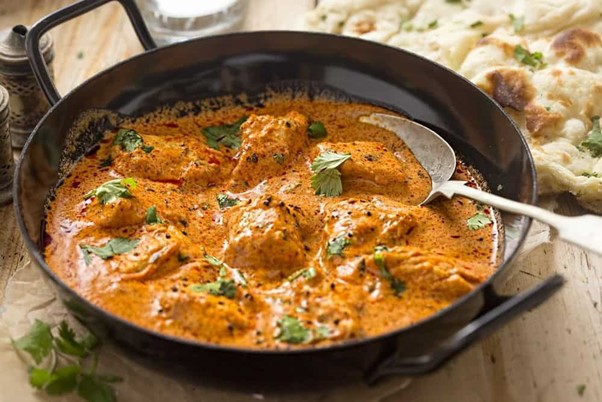How To Thicken Curry

(Image/ Source: foodandwine.com)
Have you ever wondered why your restaurant curry is generally thicker and creamier than the ones you make at home?
That’s because there are a few secret tricks in taking your curry dish to the next level!
Whether you prefer meat curries, vegetarian, vegan, or even gluten-free, you don’t need to be stuck with a thin, watery curry.
Here are a few pointers…
How to thicken curry- thickening agents
Chefs have lots of tried and tested techniques to thickening curry, so you might find you want to experiment and settle on a method that suits you best.
For a thicker curry, decide on which ingredient you want to use to thicken it. Fail-safe thickening agents include tomato puree and paste, Greek yoghurt, and cornflour.

(Image/Source: mashed.com)
How long after eating to run: How long do you need to wait before exercising?
For Indian curries, tomato puree will work best for tomato-based sauces, and is the most common method for thickening curry sauces. This will help you thicken up your sauce from the beginning, and speed up your cooking time. Feel free to add as much as you like.
Greek Yoghurt also works well for Indian curries, and serves as a great cream substitute. It’s less likely to curdle in the pan than natural yoghurt, but be sure to add a small amount at a time.
As for Thai and East Asian curries, cornflour will generally be your best bet. Simply add one tablespoon of cornflour to two or three tablespoons of water and stir. You can then pour the mixture into the sauce and let it simmer.
Other Methods
You can also thicken the sauce in other ways.
Fill up a cup of liquid sauce, meat, and vegetables, and simply throw them in a blender or food processor. Keep blending until the mixture is smooth. You can then add this mixture back into your curry to thicken it up.

(Image/Source: chelseasmessyapron.com)
How to stop a puppy from barking: tips and tricks
Depending on what kind of curry you’re cooking, you can also use nuts to thicken your curry sauce after they’ve been blended into a paste. Unsalted raw cashews, almonds, or peanuts work well for this.
As a substitute, you can use one to two tablespoons of smooth peanut butter if this will compliment your recipe. Remember that peanut butter will alter the taste, which may or may not suit you. But remember that peanuts are a common addition to many South and East Asian dishes, so adding them to your curry gives it more of that true Eastern flavour!
You can also make a roux if this is more up your street. Gradually add tablespoons of flour to melted butter and stir on the heat. Keep going until it starts to brown. Add one cup of your sauce, stir, and then add back to your curry.

(Image/ Source: simple30.com)
How long does it take for Botox to work?
And, if you have the time, go for the oldest trick in the book- just let your curry simmer! Curries will tend to thicken up on their own through the cooking process, so let the heat do all the hard work for you.
Cooking without the lid means that a greater amount of water will be evaporated, giving you a thicker, less watery curry that gets the texture and flavours just right.
Once you’ve found your perfect tried and tested method, you can guarantee that your home-made curries will turn into fail-safe crowd pleasers!